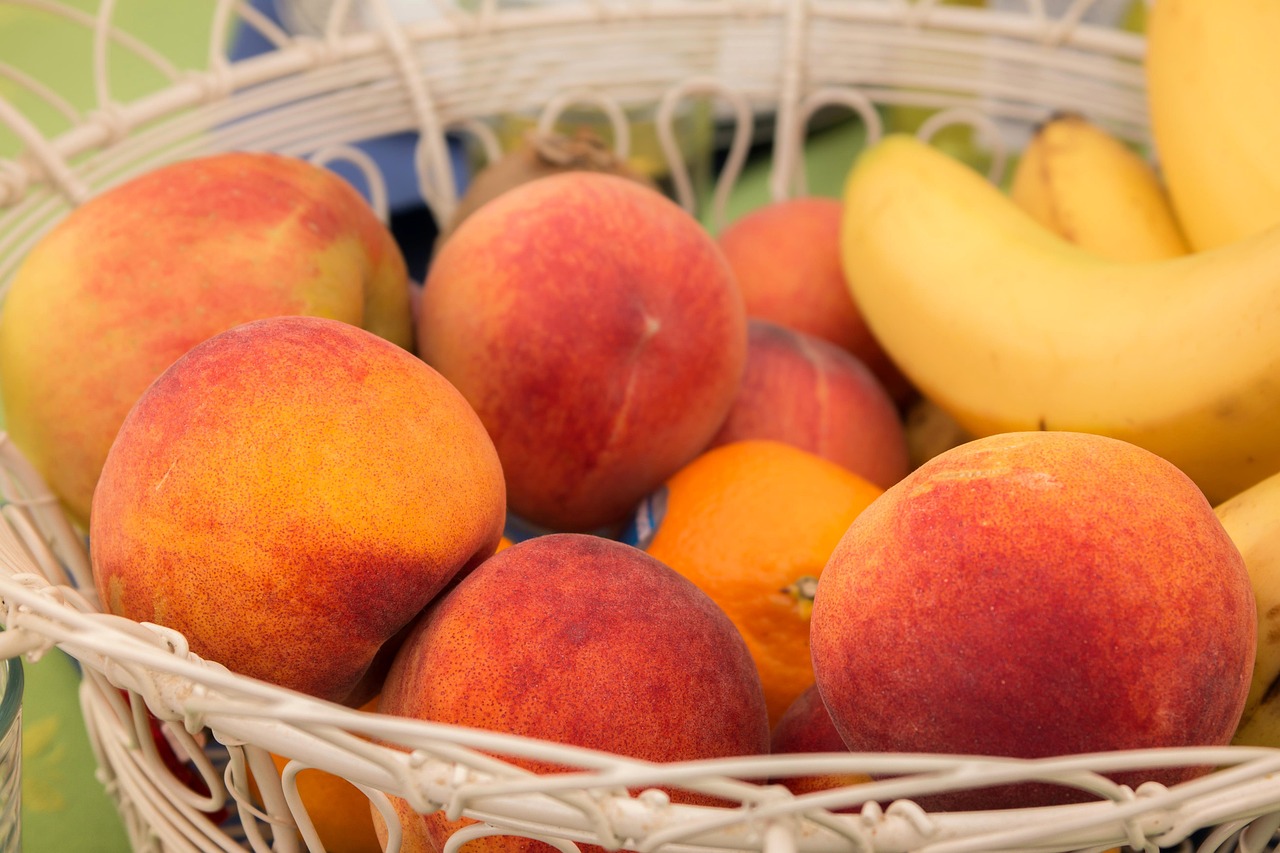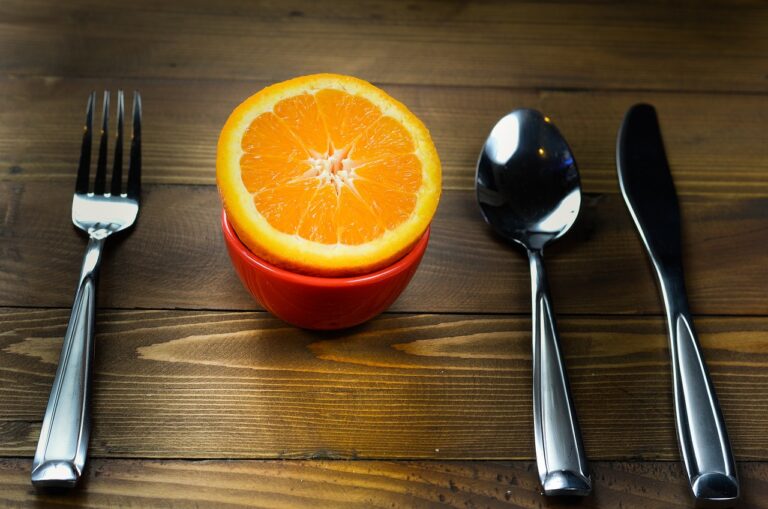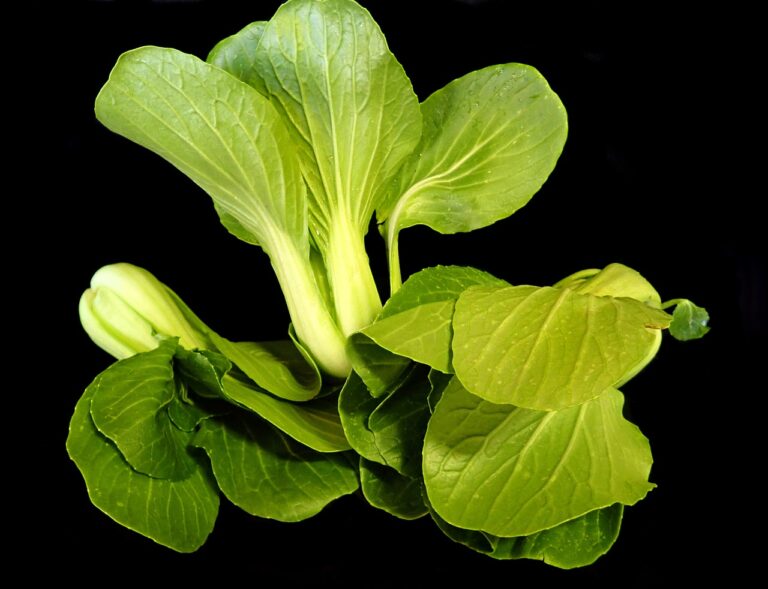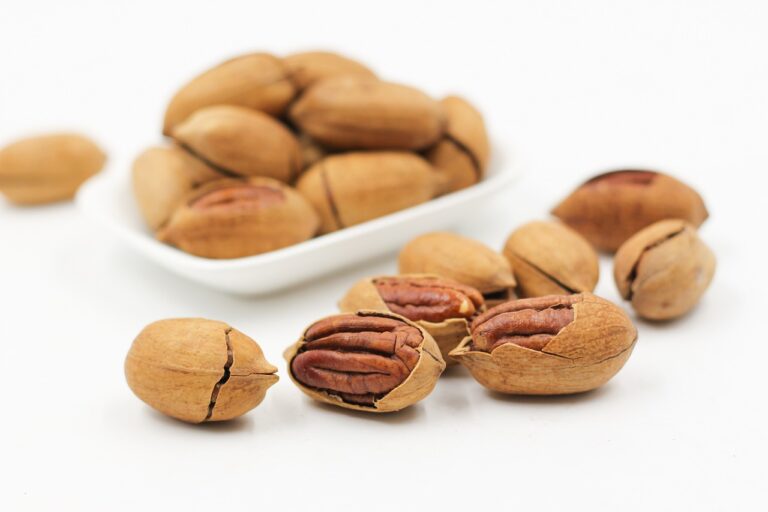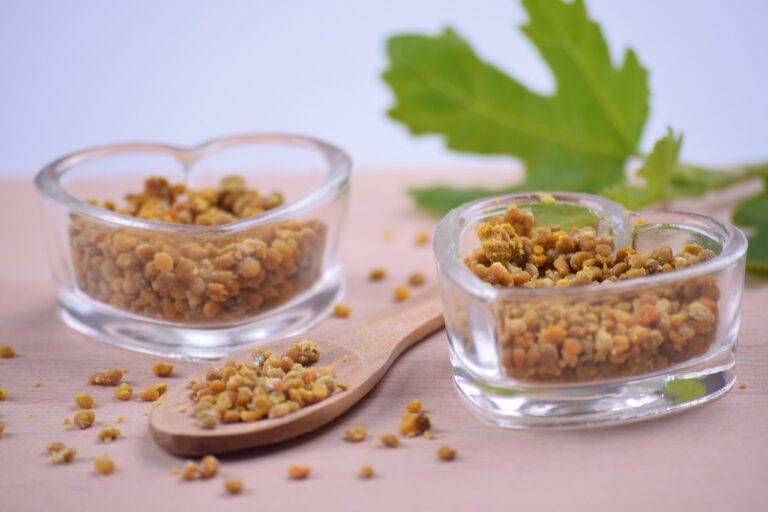The Art of Food Plating: Turning Meals into Masterpieces
Food presentation is an essential component that influences the overall dining experience. The way food is presented can significantly impact our perception of its taste, quality, and freshness. A visually appealing dish not only entices the senses but also sets the expectations for the flavors to come.
When food is thoughtfully arranged on a plate with attention to detail, it not only looks more appetizing but also reflects the care and effort put into preparing the dish. Presentation can elevate a simple meal into a memorable culinary experience, making it more enjoyable and satisfying. In today’s food industry where social media plays a significant role in sharing dining experiences, a well-presented dish also has the potential to attract attention and generate interest in a restaurant or a chef’s culinary skills.
The Importance of Color in Food Plating
Color plays a crucial role in food presentation as it can evoke different emotions and perceptions from diners. Bright and vibrant colors tend to create a sense of excitement and freshness, while softer pastel tones can convey a more calming and elegant feel. By strategically incorporating a variety of colors in food plating, chefs are able to enhance the overall visual appeal of a dish and entice diners to indulge in their culinary creations.
In addition to influencing emotions, color also helps in highlighting the freshness and quality of ingredients used in a dish. Bright, natural hues in fruits and vegetables signify ripeness and nutritional value, whereas dull or discolored ingredients may suggest staleness or poor quality. Therefore, utilizing a harmonious color scheme in food plating not only enhances the aesthetic appeal but also communicates the chef’s attention to detail and commitment to using only the finest ingredients.
Utilizing Different Textures for Visual Appeal
When it comes to food presentation, incorporating a variety of textures can elevate the visual appeal of a dish. Combining smooth and creamy elements with crispy and crunchy components not only adds depth to the dish but also creates a more dynamic eating experience for the diner. For example, pairing a velvety soup with a crisp crouton topping adds a contrast in textures that can tantalize both the eyes and the taste buds.
Additionally, using textures like drizzles, crumbs, or garnishes can provide an artistic touch to the plating of a dish. These small but thoughtful details can enhance the overall presentation and make the meal more visually appealing. By strategically incorporating different textures into the arrangement of a dish, chefs can create a balanced and harmonious composition that is not only pleasing to look at but also enjoyable to eat.
Why does presentation matter in food?
Presentation matters in food because it is the first thing that people see and it can greatly affect their perception of the dish. A well-presented dish is more appealing and appetizing, making it more likely that someone will enjoy it.
How does color play a role in food plating?
Color plays a crucial role in food plating as it can enhance the overall presentation of the dish. Using a variety of vibrant colors can make the dish look more visually appealing and appetizing.
How can different textures be utilized for visual appeal in food?
Different textures can be utilized in food to add depth and interest to the dish. Combining textures like crunchy, creamy, and crispy can create a more dynamic and visually appealing plate.

